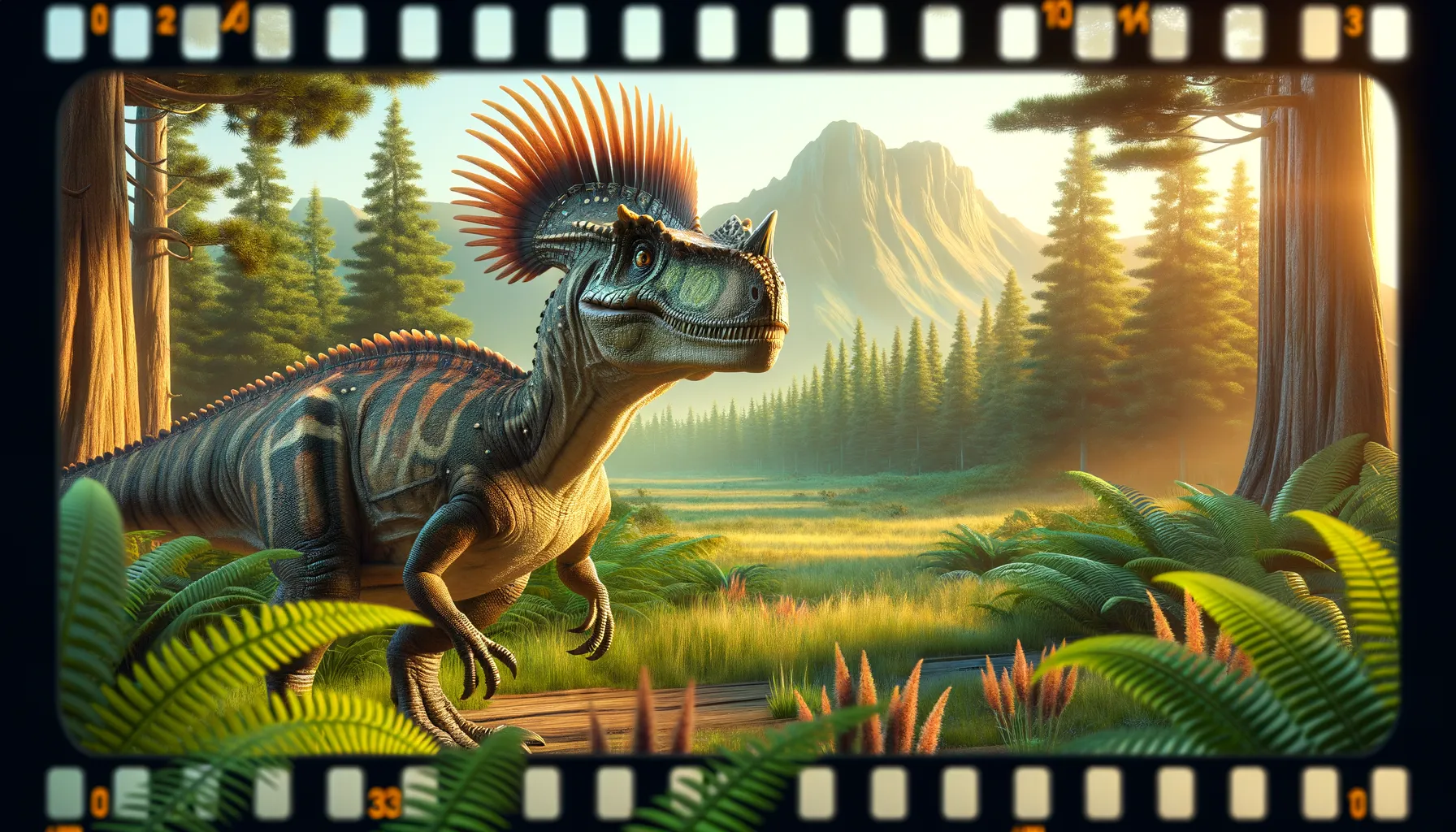
Bakesaurus
Unveiling secrets of the Cretaceous past.
Period
Cretaceous
Length
Measured around 30 feet long.
Height
Stood about 15 feet tall.
Weight
Approximately 2 tons.
Bakesaurus was a remarkable dinosaur that roamed the earth during the Cretaceous period. It's known for its unique physical features, which include a mix of crested and armored body parts. Bakesaurus was primarily a herbivore, foraging forested areas and plains for various vegetation. Its discovery has provided significant insights into dinosaur ecosystems and behaviors during its time.
Diet
Bakesaurus primarily fed on plants, using its sharp beak to trim leaves and branches. Its sturdy jaws were well-suited to chewing tough vegetation found in its environment.
Hunting
Although not a predator, it occasionally used its bulky frame to defend against smaller threats. It often intimidated potential threats through its sheer size and presence.
Environmental challenges
Bakesaurus faced challenges from both predators and climate shifts. Predatory threats came from larger carnivorous dinosaurs, which it countered with its formidable size and speed. As climates changed, finding adequate food sources presented periodic challenges, forcing it to migrate seasonally for better grazing lands. Its ability to adapt to new environments contributed to its survival.
Speed
Moderate, could run at about 25 mph.
Lifespan
Estimated to live around 30 years.
First discovery
Unearthed in central China in 2003.
Fun Facts
- Bakesaurus is known as the 'baker's dinosaur' because its fossils were first discovered near a famous old bakery site.
- It had a unique crest on its head that some scientists believe was used to make sounds or communicate.
- Bakesaurus was a herbivore, meaning it mainly ate plants and leaves in its environment.
- Despite its large body, Bakesaurus could move quickly on its two strong hind legs.
- This dinosaur lived during the Late Cretaceous period, about 70 million years ago.
- The name Bakesaurus combines 'bake' for the bakery site and 'saurus', which means lizard in Greek.
- Bakesaurus fossils were first discovered in what is now Southern Utah, providing insights into the ecosystem of that region millions of years ago.
Growth and Development
Bakesaurus grew rapidly in its early years, reaching maturity after about a decade. Juveniles were notably more agile, allowing them to escape predators more easily. As they grew, they developed their characteristic armored skin, which provided protection against attacks. Growth rings in fossilized bones help paleontologists understand their development stages.
Habitat
Bakesaurus thrived in lush plains and forested areas rich in vegetation. It preferred environments where it could easily blend in with the foliage to avoid predators. Seasonal changes in vegetation cover influenced its migratory patterns, as it traveled to find vibrant forests. These habitats provided the necessary resources for both foraging and raising young.
Interaction with other species
Bakesaurus interacted with various herbivorous and carnivorous dinosaurs. It often traveled in herds, which offered protection against predators. Its presence influenced the vegetation patterns, as its grazing shaped plant growth. While generally peaceful, it could be aggressive when threatened, using its size to defend its herd members.
Natural lifespan
In favorable conditions, Bakesaurus could live up to 35 years.
Reproduction
Bakesaurus laid eggs in well-hidden nests among vegetation. Mothers were protective of their nests, guarding them from threats until the eggs hatched. Hatchlings remained close to the herd for safety, gradually learning survival skills from the adults. This increased their chances of reaching maturity.
Social behaviour
Bakesaurus was a social animal, often found in large herds that provided collective security. These groups functioned with a clear hierarchy, led by older, more experienced members. Interactions within the herd involved complex communication signals through vocalizations and physical gestures. Cooperation among herd members ensured the safety and success of the group.
Fossil locations
Fossils of Bakesaurus have been found primarily in central China, indicating its adaptation to that region. Excavations have uncovered various specimens, providing a comprehensive look at its biology. The discovery in 2003 was a significant paleontological event, shedding light on Cretaceous ecosystems.
